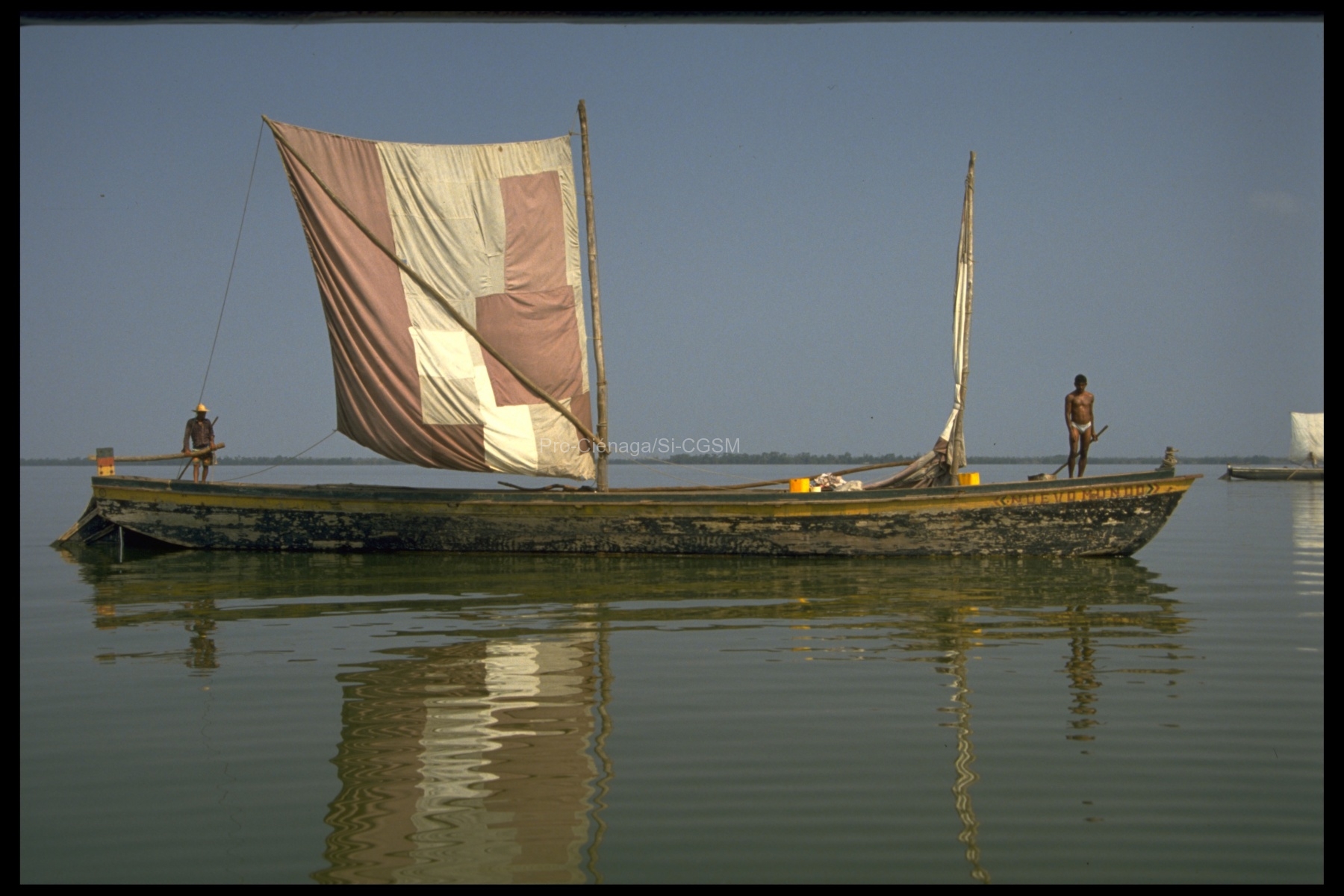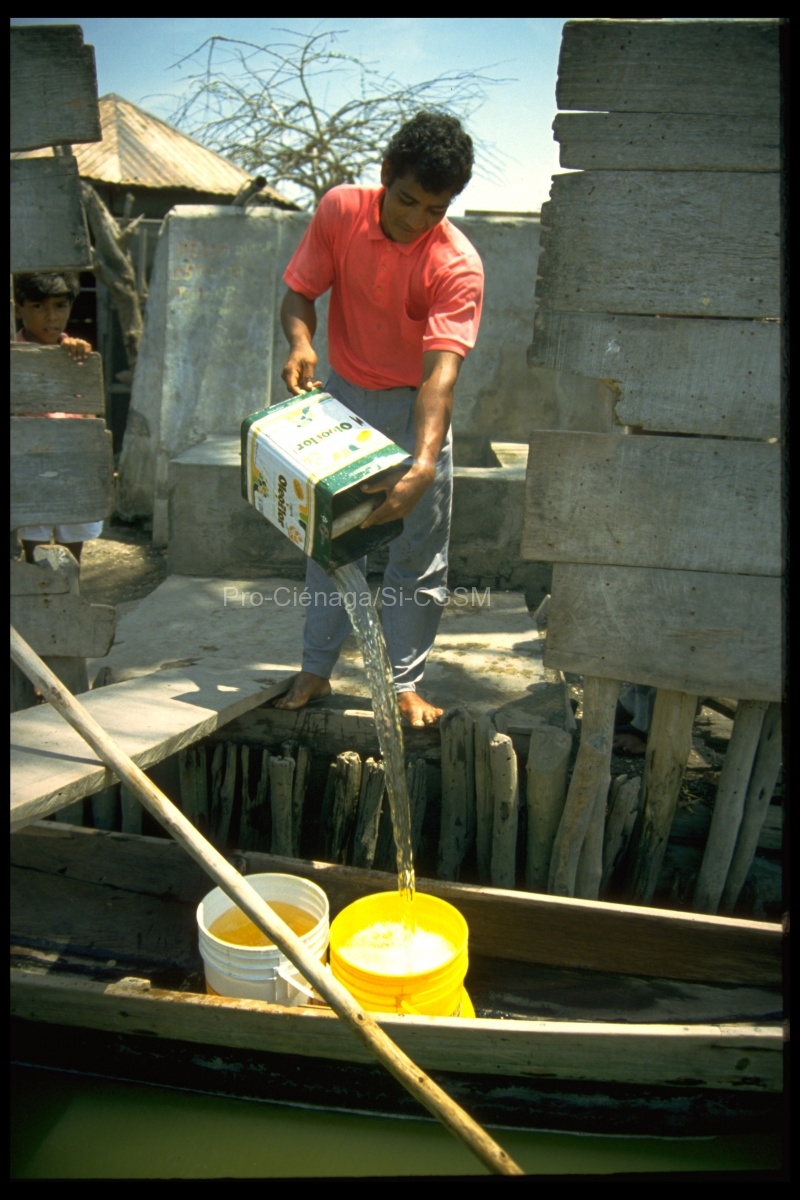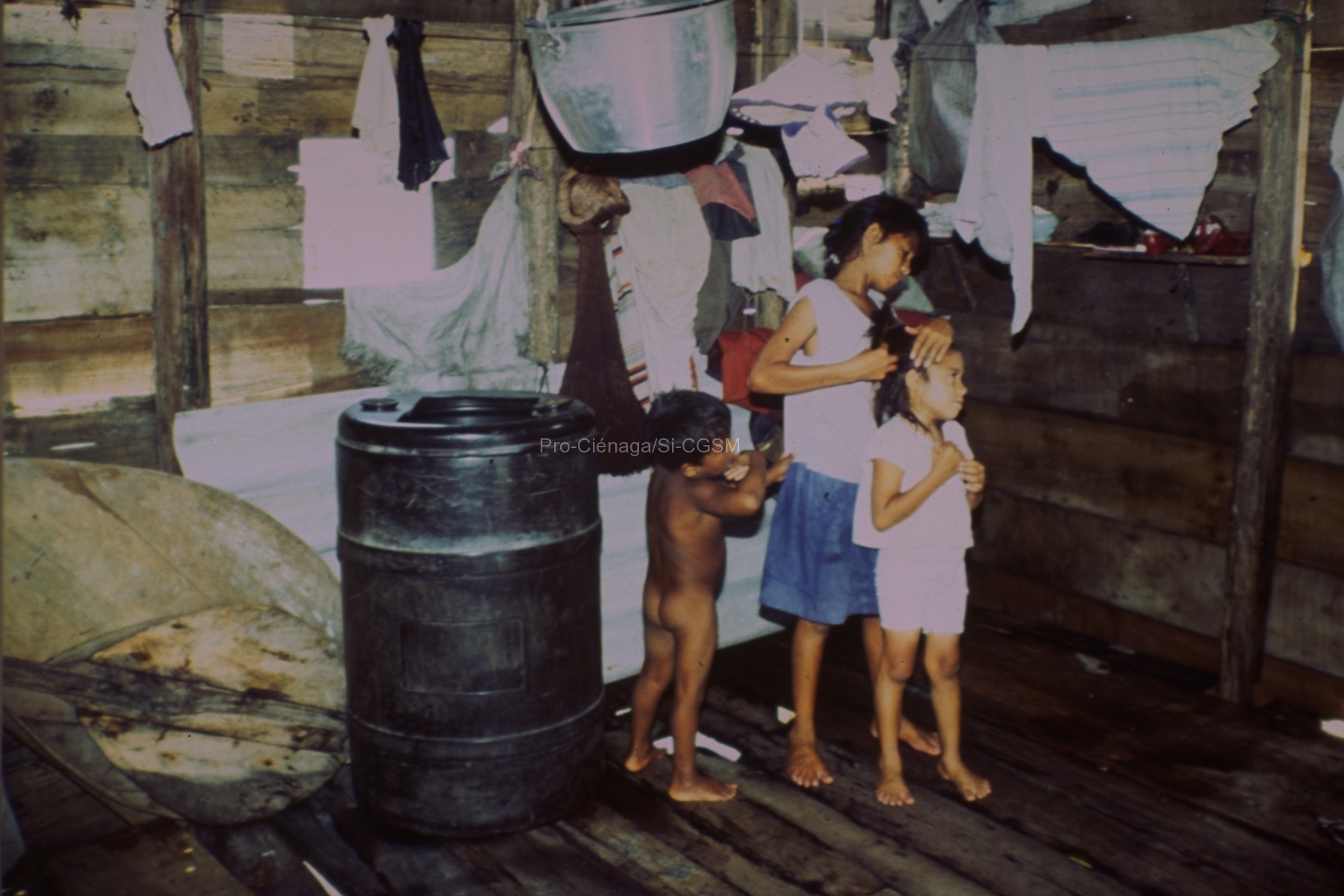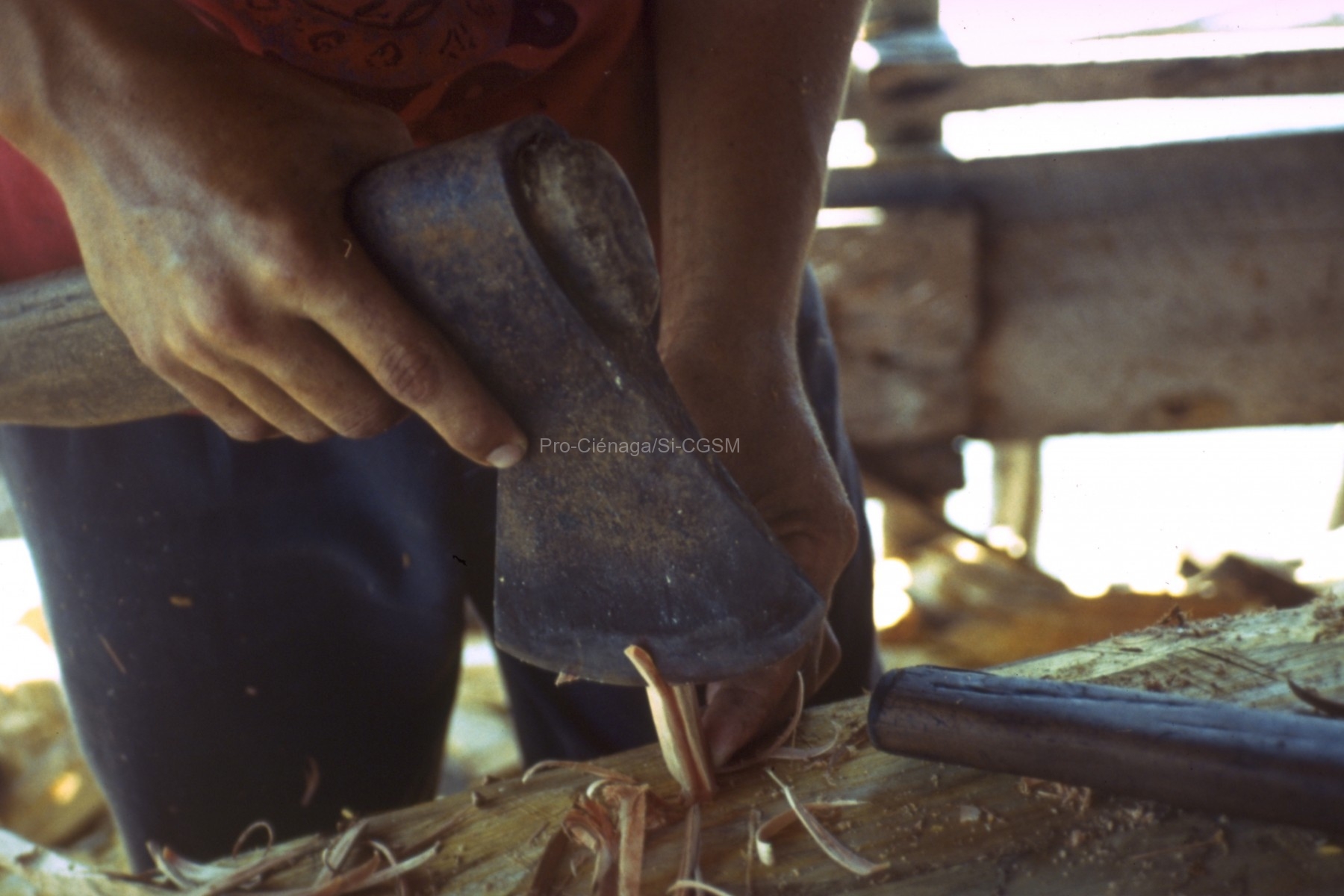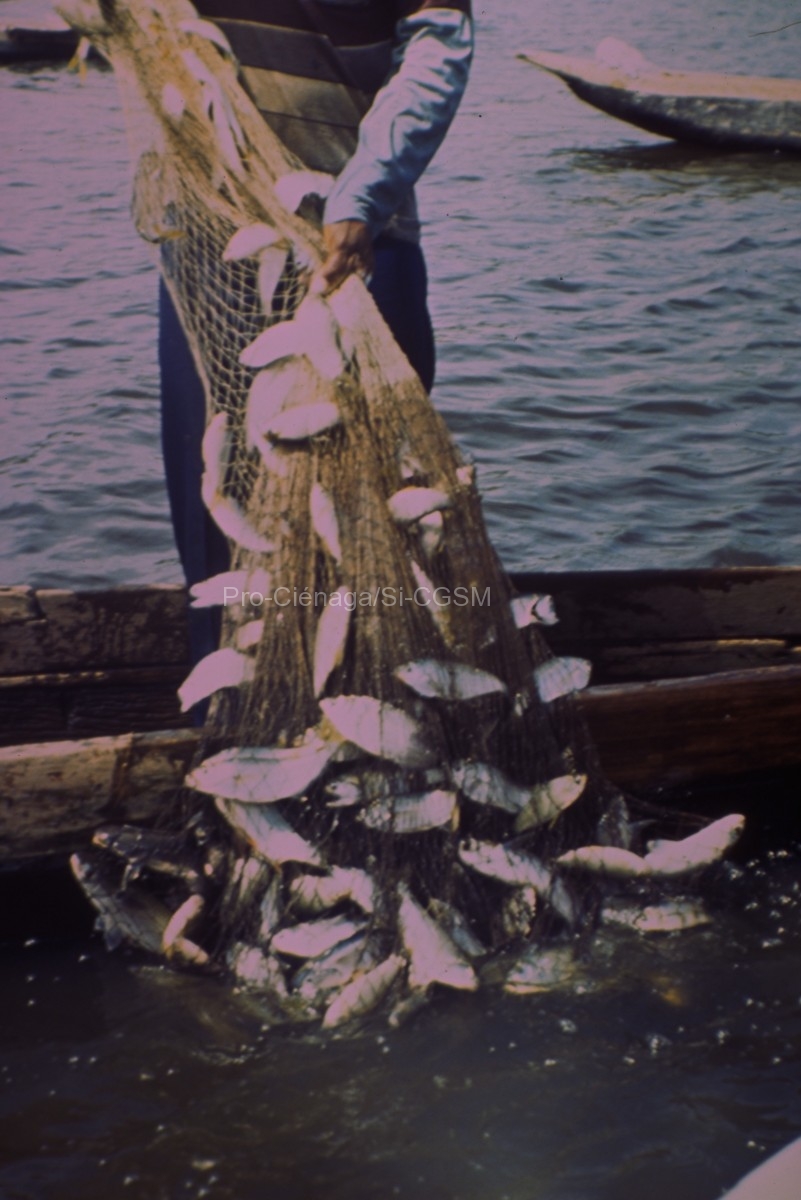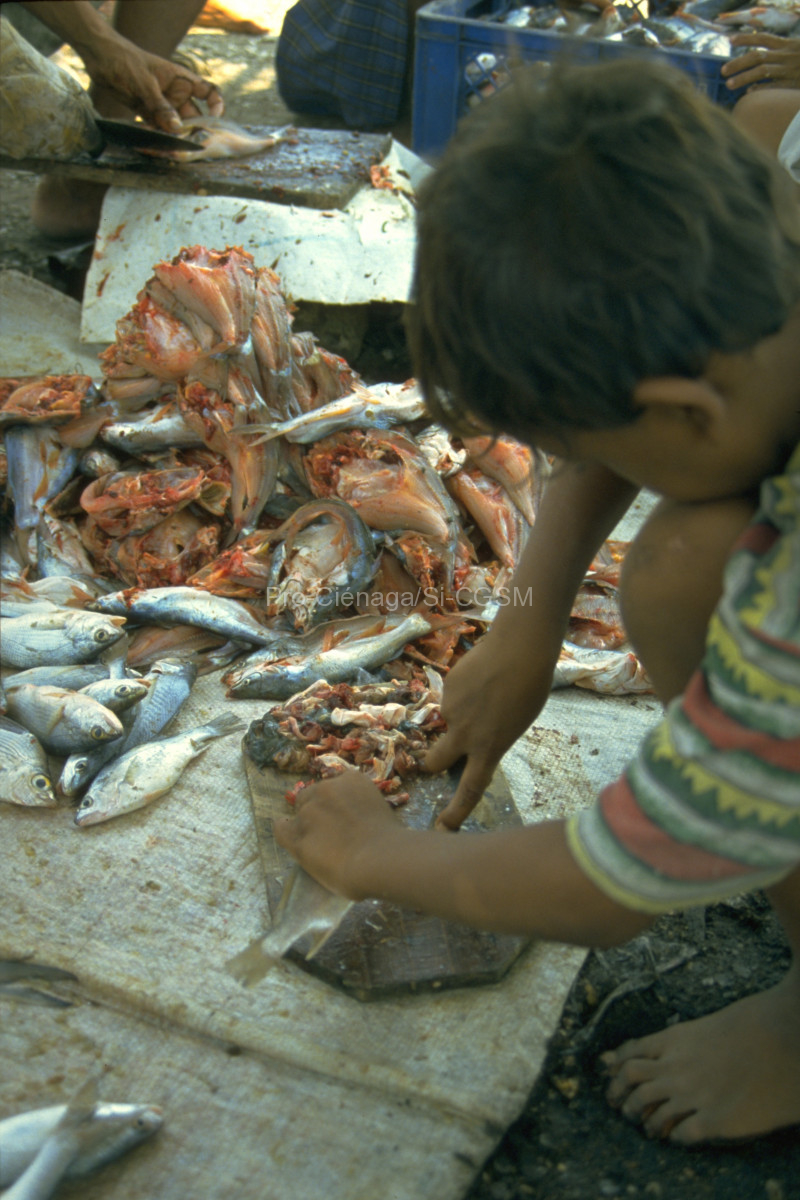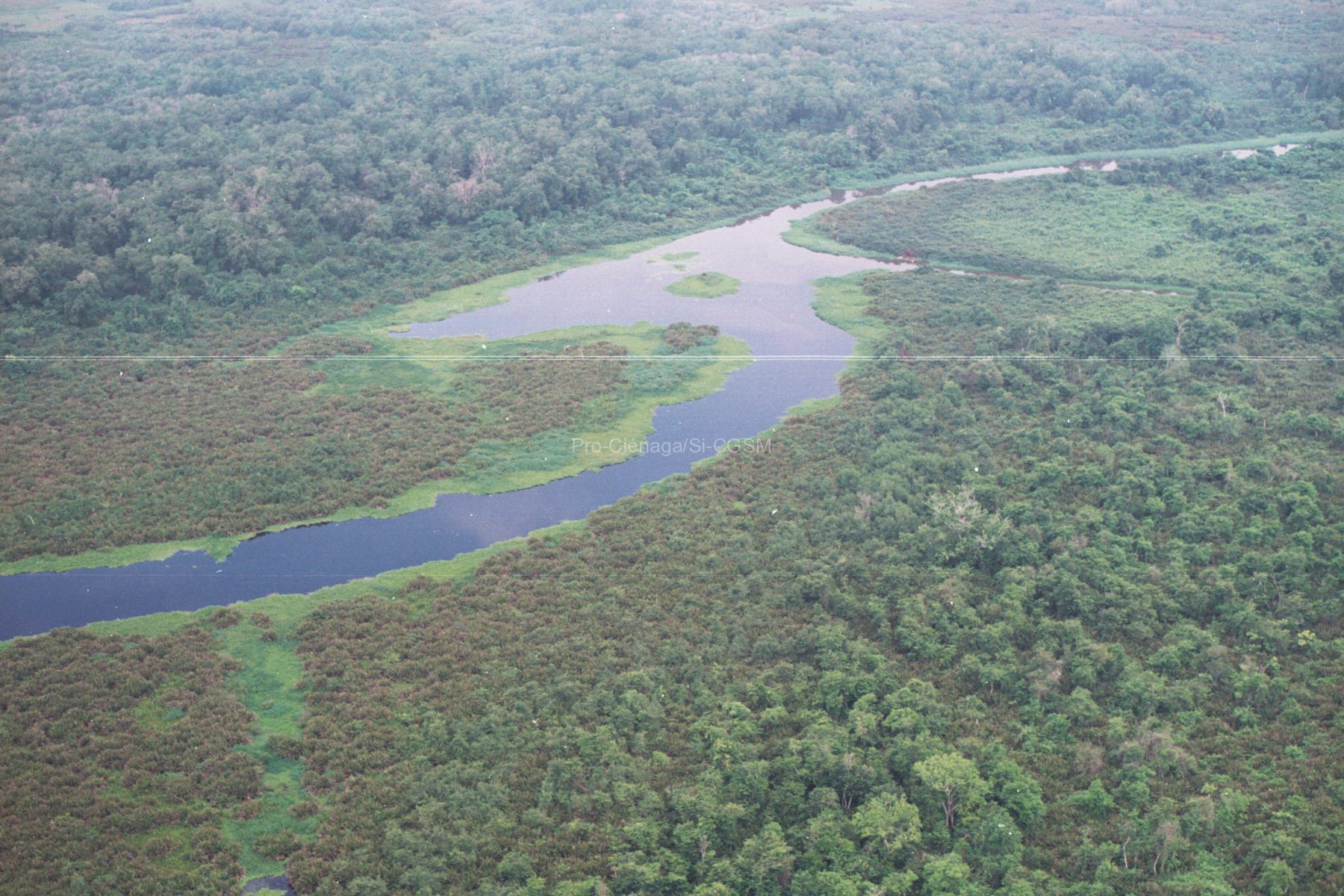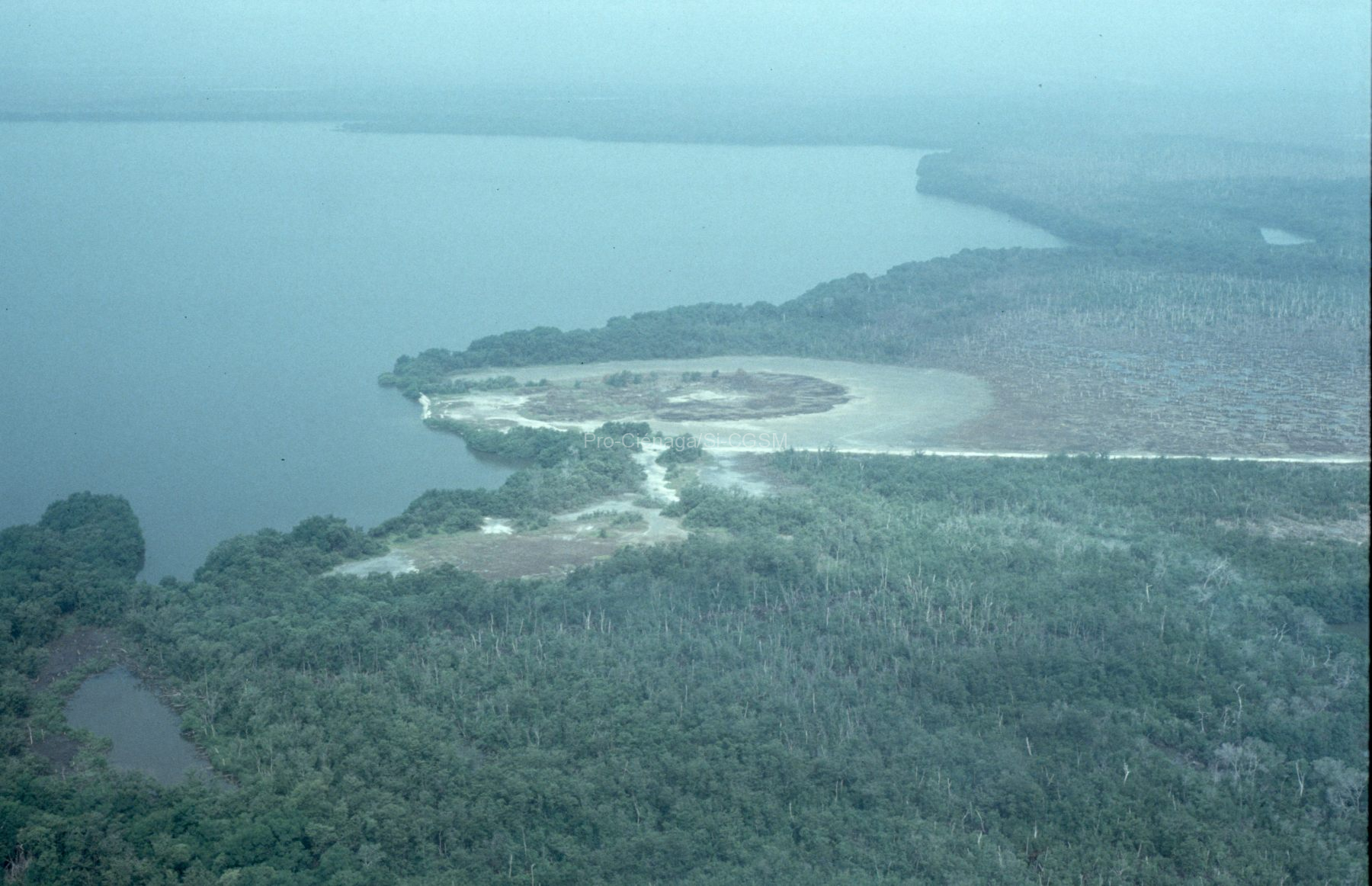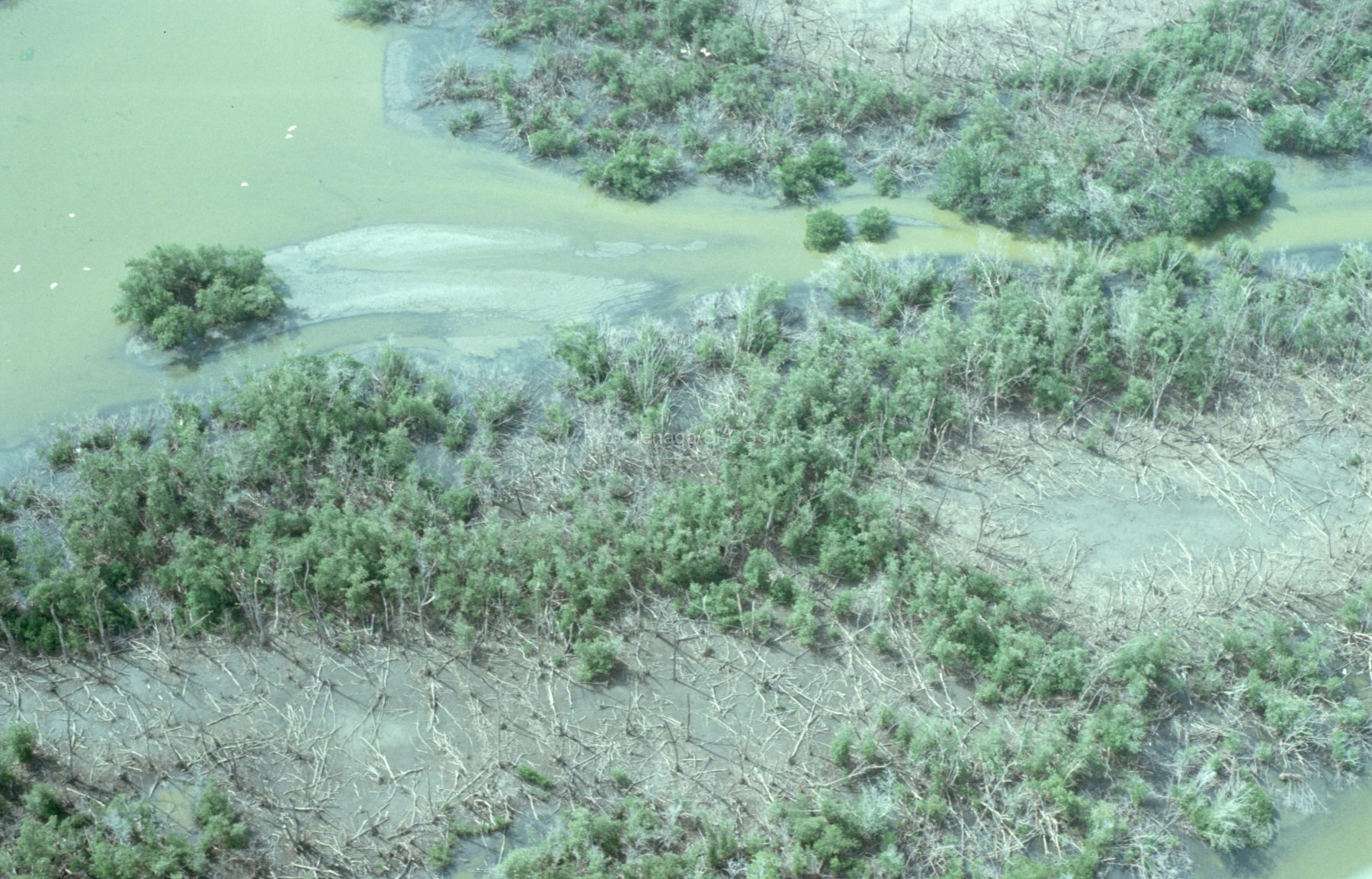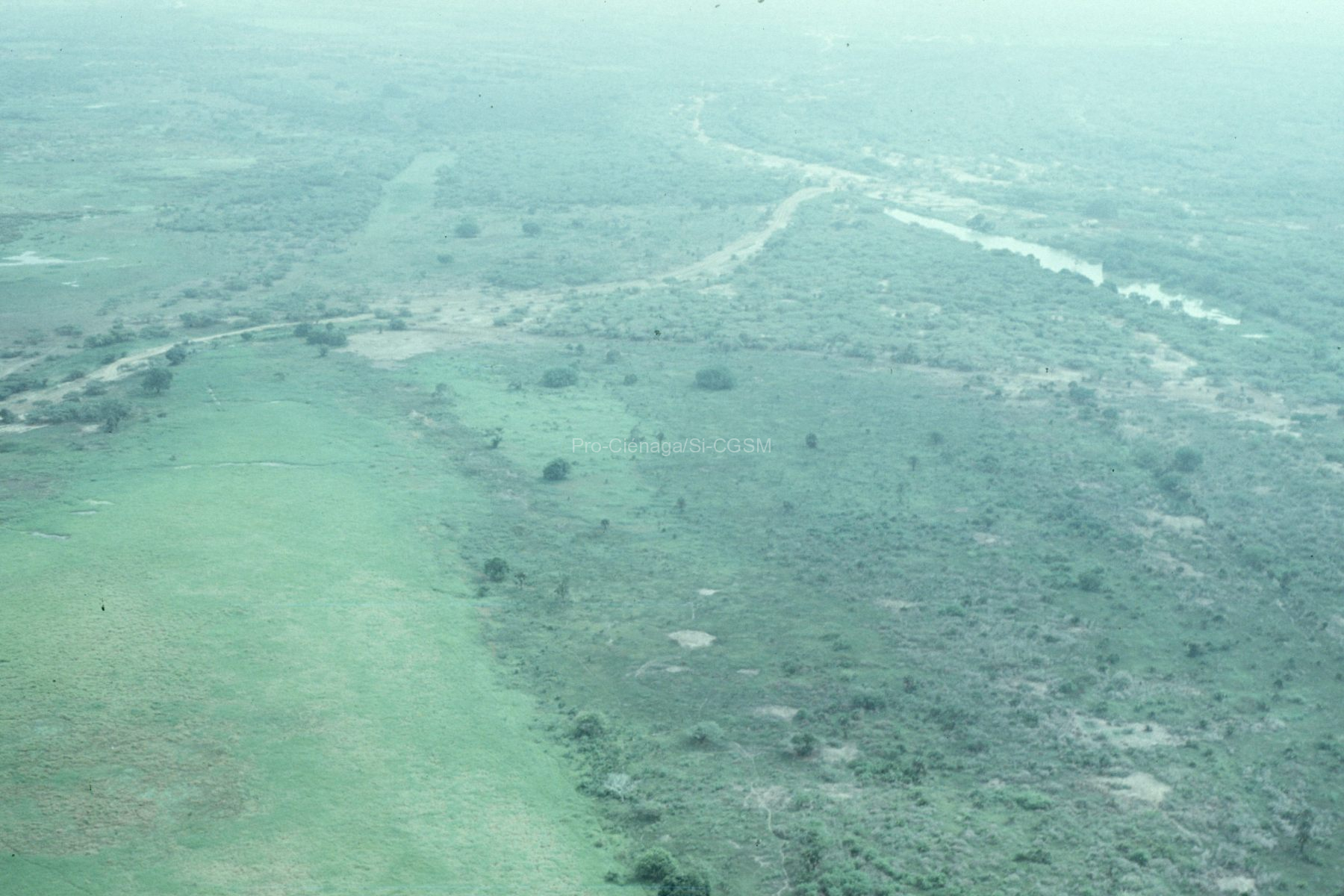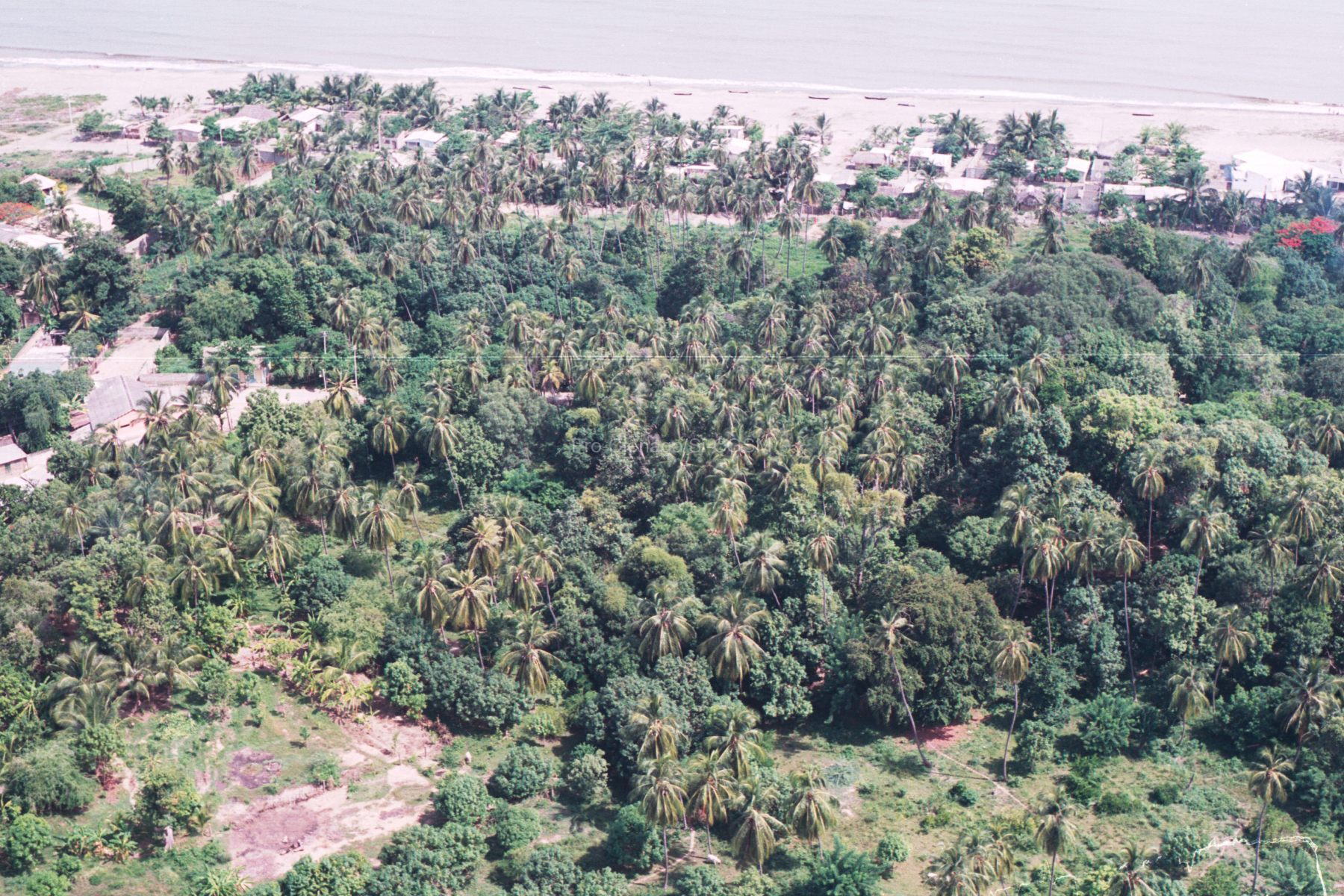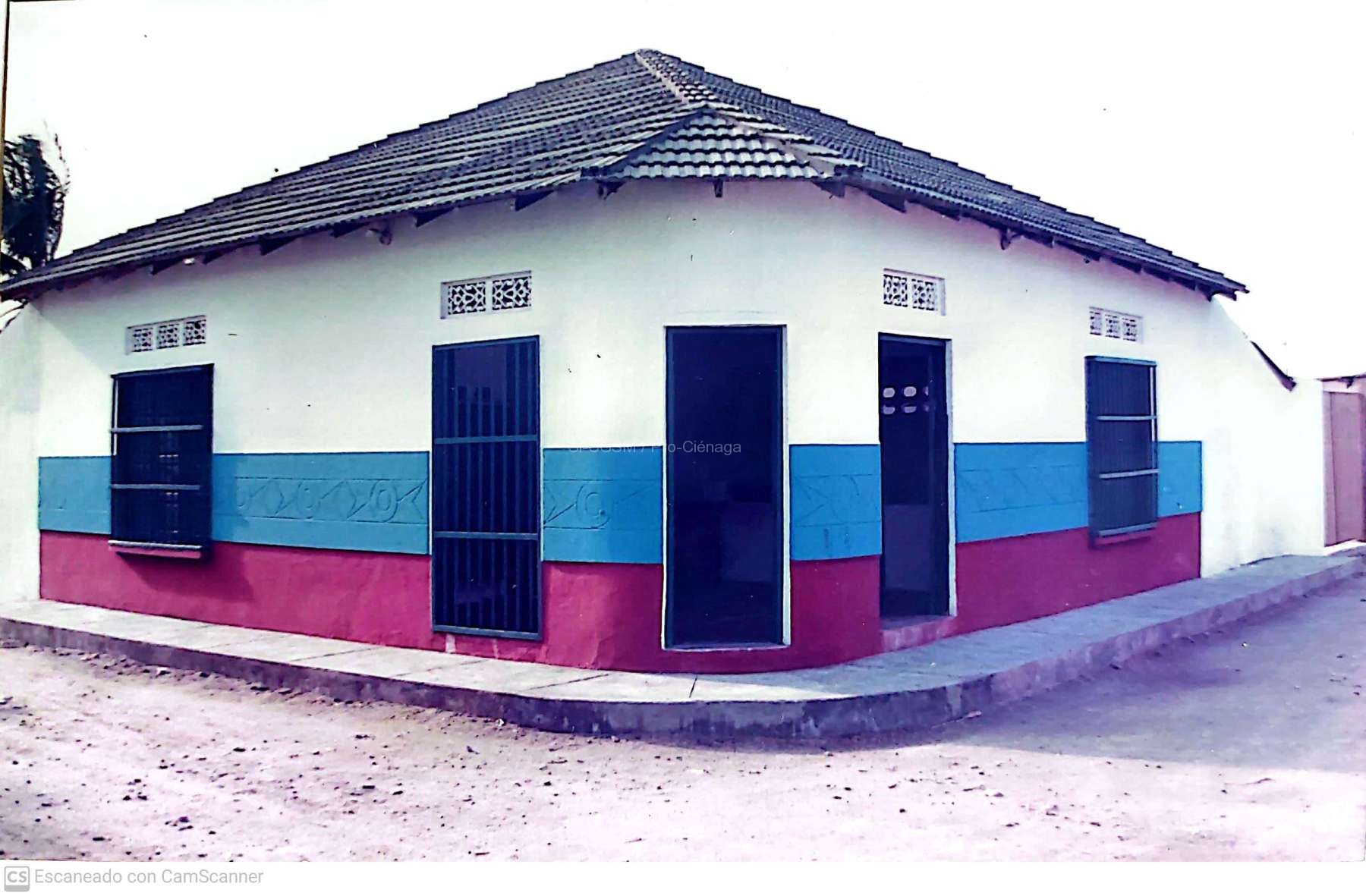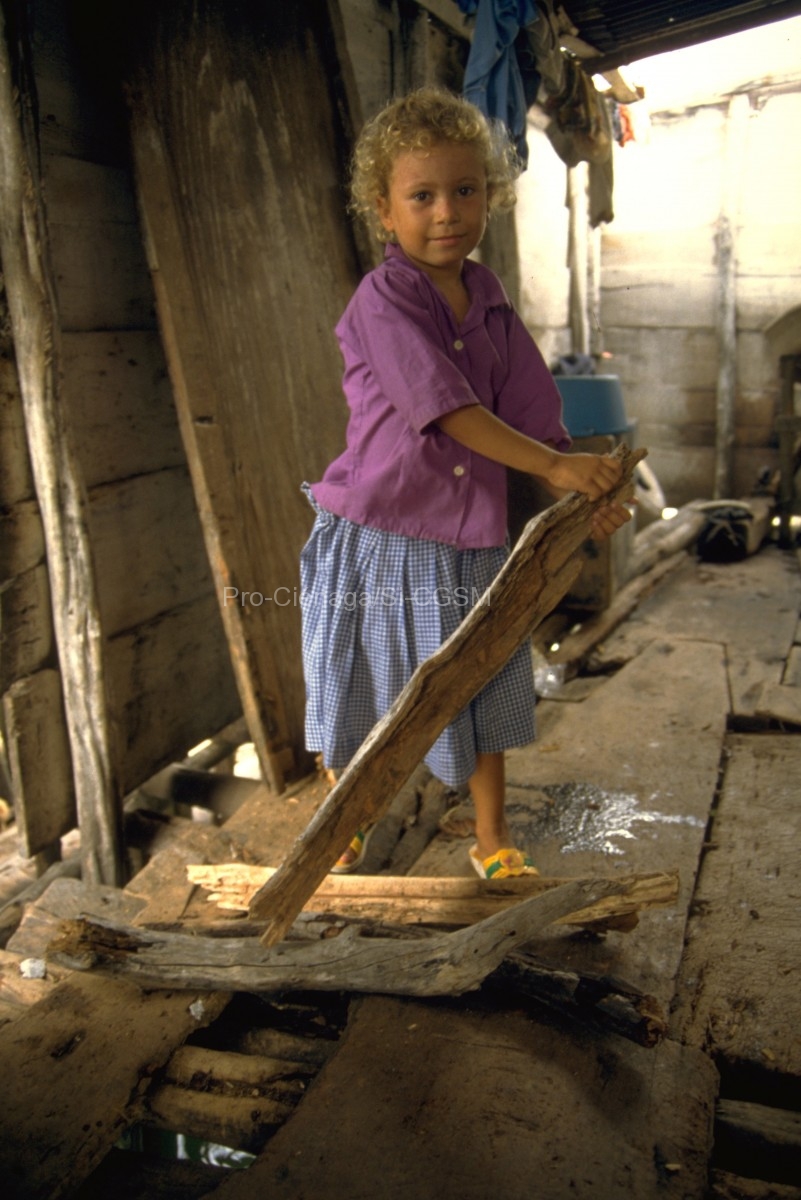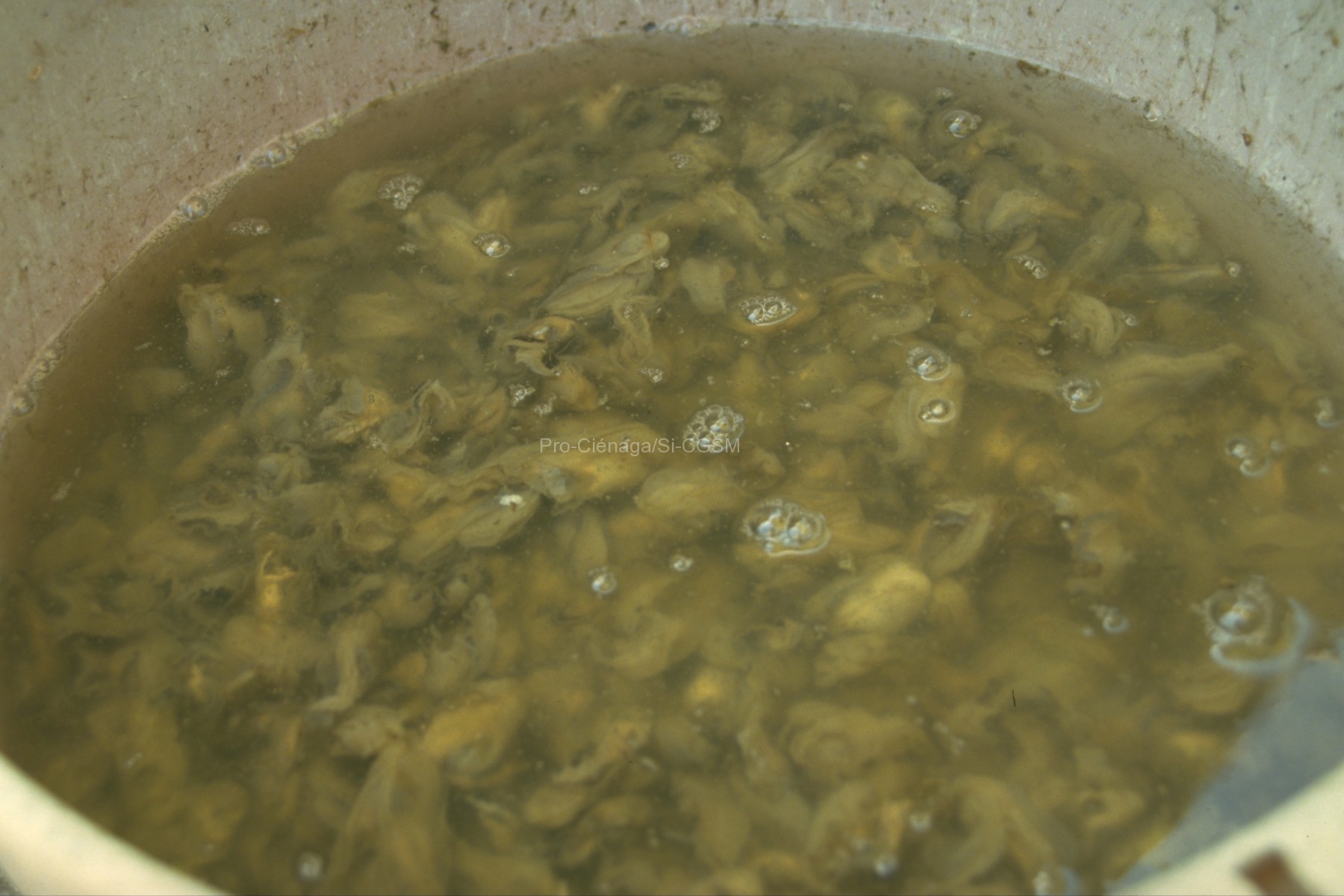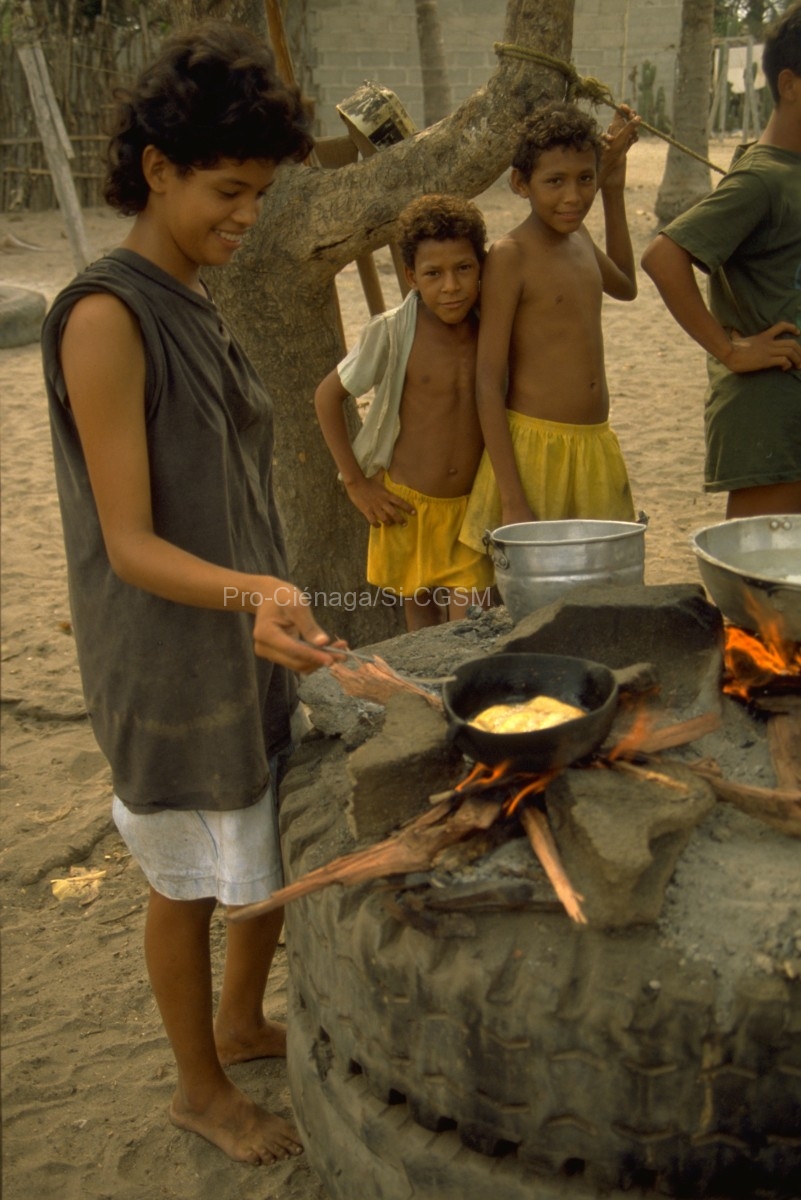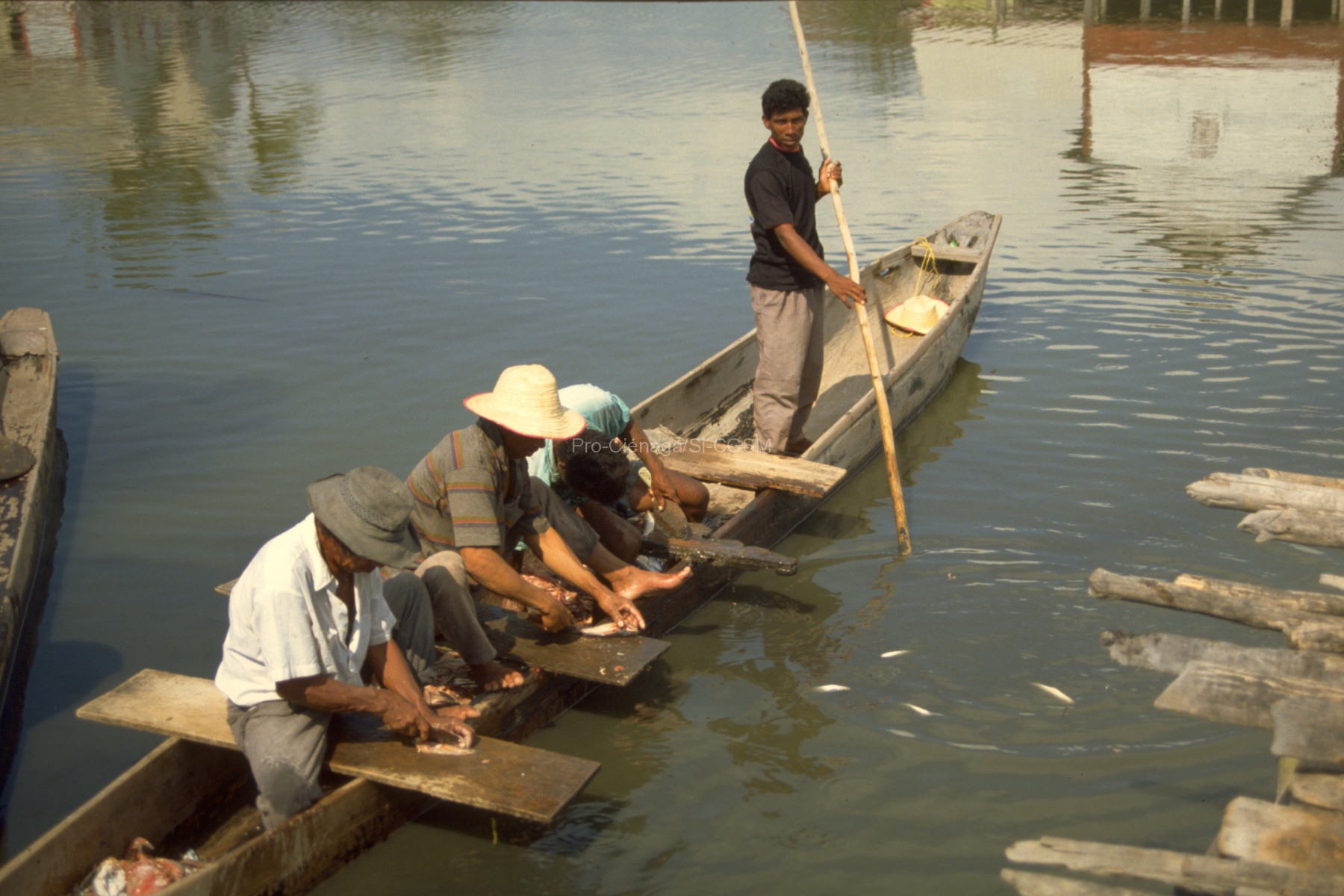https://www.sciencedirect.com/science/article/abs/pii/S0022098103003198
The spatial structure and seasonal changes of estuarine fish assemblages in the Ciénaga Grande de Santa Marta (CGSM) were analysed based on four seasonal comprehensive surveys conducted in 1993–1994 and 1997. Geostatistical and multivariate techniques were used to: (a) determine seasonal changes in spatial distribution of the species richness, and (b) identify assemblages of estuarine fish and their relation to abiotic factors. Potential biotic interactions affecting the assemblage structure were also explored. A total of 11075 individuals representing 39 species were collected, with Eugerres plumieri, Diapterus rhombeus, Micropogonias furnieri, Mugil incilis, Cathorops spixii, Elops saurus and Anchovia clupeoides as dominant species between seasons. Spatial distribution of fish richness differed between rainy and dry seasons in each year, whereas species mapping showed spatial patchiness in 1993–1994 and gradients during 1997. Strong evidence of species saturation was found in all seasons, suggesting biotic interactions limiting species richness at a threshold density of ca. 50 ind./5000 m2. Marine, marine-estuarine and freshwater species were classified in each season according to their capability to cope with salinity fluctuations. Associations defined by functional feeding guilds were also identified. Empirical and statistic evidence showed that fish assemblages differed between seasons within each year, and each assemblage was always dominated by a small number of species, notably E. plumieri in both years 1993–1994 and 1997. Between-season differences in fish assemblage structure in the CGSM seem to be driven by abiotic factors; however, evidence of species saturation could suggest the existence of density-dependent factors operating together.
Relacionado a Rueda, M. (2001) y Rueda, M., & Defeo, O. (2001).

